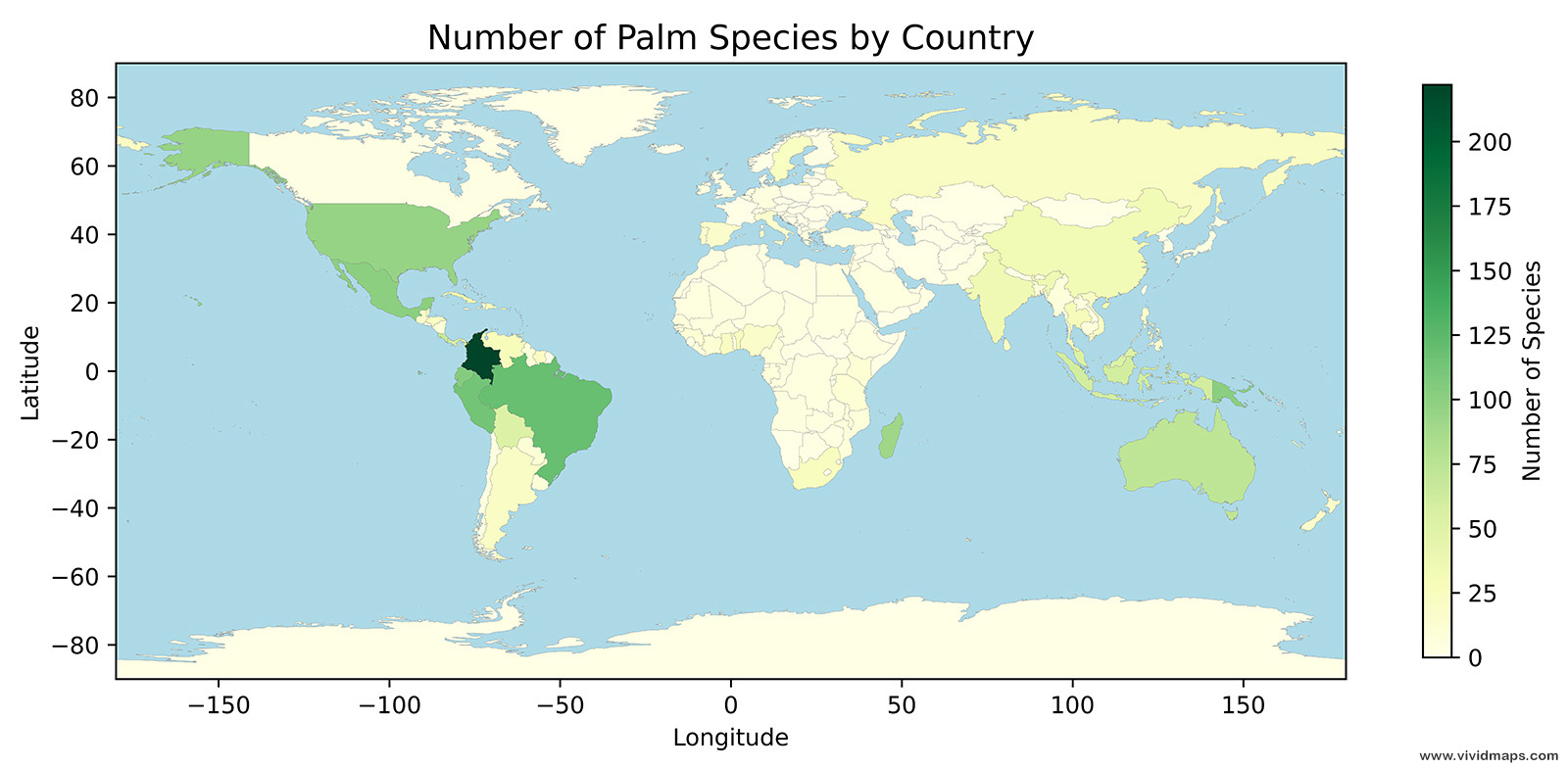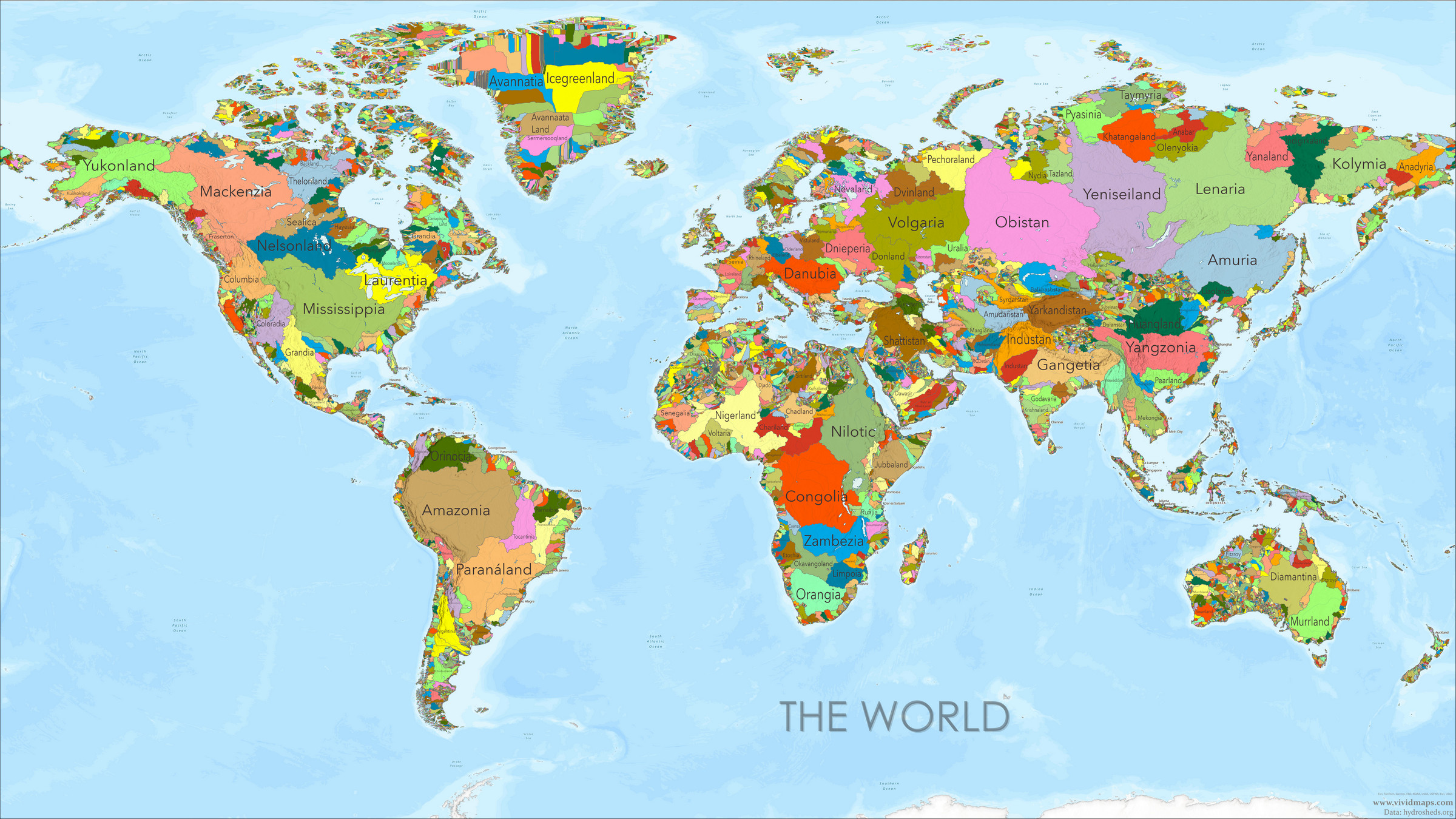Olive Tree in the Mediterranean Bassin
The olive (Olea europaea) is an evergreen small tree or shrub indigenous to the Mediterranean Basin from the Middle East to Portugal.
The olive was originally planted seven thousand years ago in Mediterranean countries. The olive has coexisted with people for approximately five thousand years.
Table of Contents
Although it is one of the oldest and most widespread plants on Earth, it is hard to pinpoint its origin as a cultivated plant accurately. It is considered to have first been planted in ancient times by indigenous Middle Eastern people. It was probably indigenous to Syria, between 4000 and 1400 BC. It spread to Egypt, Crete, and Attica and thence to the rest of the Mediterranean basin with the help of the Greeks, Phoenicians, and Carthaginians, where its cultivation was favored by particularly suitable climate and soils.
Diffusion of the olive tree in the Mediterranean Basin

As a native to the dry subtropical Mediterranean region, it acclimates very well to extreme environmental and agricultural conditions, often living for centuries.
Currently, in the Mediterranean region, many olive trees have survived, whose age significantly exceeds 1000 years. These oldest olive trees were over forest wildfires, natural catastrophes and the development of human civilization. Most of them still produce olives.

The oldest olive trees
1. Noah’s sisters (Lebanon): 6,000 years old
2. Olive Tree of Vouves (Greece): 3,000-5,000 years old
3. Olivastro di Luras (Italy): 4,000 years old
4. Al-Badawi tree (Palestine): 3,000-4,000 years old
5. Stara Maslina (Montenegro): 2,000-3,000 years old
6. Olive tree in Algarve (Portugal): 2,000-2,500 years old
7. Bidni olive trees (Malta): 2,000 years old
8. An olive tree close to the Via Augusta (Spain): 1,700 years old
9. Maslina Kastils (Croatia): 1,500 years old
Olives are the most important crop in many Mediterranean countries. It is one of the main elements in the Mediterranean menu. There are above two thousand varieties of olives. Approximately 160 of them are usually grown for table olives or for producing olive oil. While some olives are explicitly grown to eat as table olives, others are valued for their distinguishing use of extra virgin olive oil.
Nowadays, the species is planted in various regions and recognized adopted in all the nations of the Mediterranean shoreline, as well as in Saudi Arabia, Java, Norfolk Island, Bermuda, Argentina, California. In South Australia, the olive has become a dominant woody plant that replaces natural trees.
The map of distribution and expansion of olive trees over the Mediterranean Basin

Spanish colonials brought the olive to the Americas, where its horticulture flourished nowadays in Argentina, Chile, and Peru. Later Spanish missionaries planted the tree in the eighteenth century in California.
Today, approximately 9.7 million hectares were covered with olive trees, which is more than twice the area of land dedicated to apples, bananas, or mangoes. Just oil palms and coconut trees require more space.
Leading olive producing nations
1. Spain – 6.6 million tones (2.6 million hectares cultivated area)
2. Greece – 2.3 mln tones (0.9 mln ha)
3. Italy – 2.1 mln tones (1.2 mln ha)
4. Turkey – 1.7 mln tones (0.8 mln ha)
5. Morocco – 1.4 mln tones (1.0 mln ha)
6. Syria – 0.9 mln tones (0.8 mln ha)
7. Tunisia – 0.7 mln tones (1.6 mln ha)
8. Algeria – 0.7 mln tones (0.4 mln ha)
9. Egypt – 0.7 mln tones (0.07 mln ha)
10. Portugal – 0.6 mln tones (0.4 mln ha)
According to the Food and Agriculture Organization (FAO), an approximated 867 million olive trees are on the planet today, and the considerable bulk of these are found in Mediterranean nations. The ten biggest producing Mediterranean states grow 95 percent of the world’s olives. These countries are also significant producers of olive oil.
The maps below shows World production and consumption of olive oil, by nation.
Olive oil production and consumption

The largest consumers of olive oil are Portugal, Italy and Greece. Residents of these countries prefer olive oil to sunflower oil and butter. The map below, created by TheWorldMaps, shows which oil is consumed the most in Europe: sunflower, olive or butter.










can i get 3 sisters noah evoo here in the usa???
There olive trees on Istria,too.